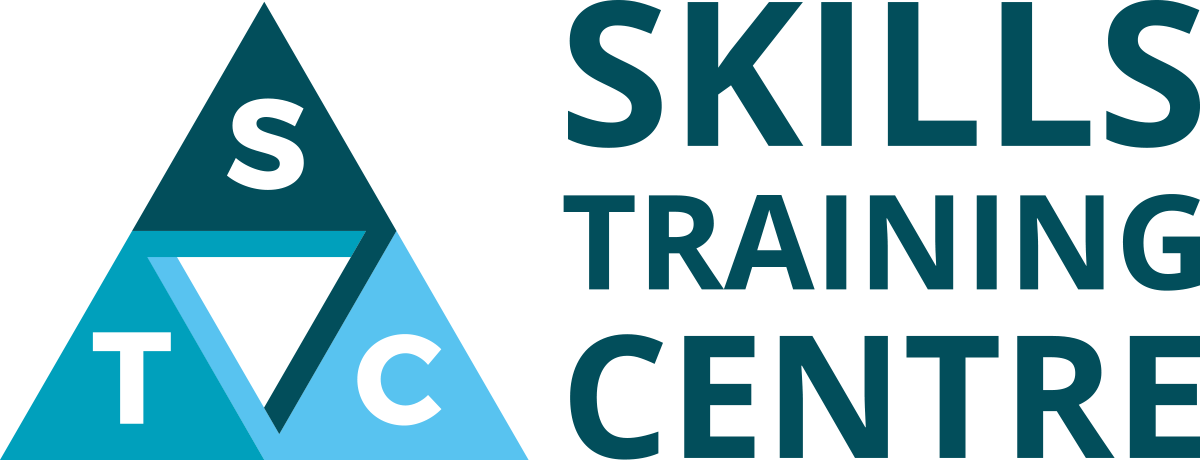Professional Tree Inspection [TIS02]
Grounds Maintenance
Who should attend?
Prospective learners should be experienced and qualified arboriculturists with an in-depth
knowledge of plant and arboricultural science, including a thorough knowledge of wood
decaying fungi, identification and interpretation of signs and symptoms of ill health and structural
failure across a wide range of tree species and circumstances.
They should be thoroughly experienced in carrying out tree inspection and survey. People
professionally involved in: arboriculture – specifically tree inspection. Learners must be
physically fit and able to carry out the tasks required of the course programme.
knowledge of plant and arboricultural science, including a thorough knowledge of wood
decaying fungi, identification and interpretation of signs and symptoms of ill health and structural
failure across a wide range of tree species and circumstances.
They should be thoroughly experienced in carrying out tree inspection and survey. People
professionally involved in: arboriculture – specifically tree inspection. Learners must be
physically fit and able to carry out the tasks required of the course programme.
Learning objectives
You'll learn how to clearly and competently inspect potentially hazardous trees.
Writing appropriate and detailed remedial works (control measures) will also be covered.
Writing appropriate and detailed remedial works (control measures) will also be covered.
Course content
By the end of the course, you'll be able to:
• Recognise the role of the tree inspector in risk management.
• Identify the legal framework in the context of statute and common law that affects tree
inspection and the duties and liabilities of the owner, manager, and inspector.
• Summarise how a tree system functions, what constitutes a safe tree and know that
energy is required to keep the tree in a healthy/safe state.
• Adopt a systematic and consistent methodology for carrying out visual tree inspection at
an advanced level with the aid of binoculars, mallet, and probe.
• Collect data out in the field in accordance with the inspection instructions (having
determined the scope and limitations) using a suitable format. For this course, a written
survey template with appropriate headings will be used.
• Recognise a range of observable mechanical and biological defects as seen in trees and
confirm by the use of textbooks where necessary.
Identify a range of commonly seen pests, diseases, and disorders that affect tree safety, confirm their identity by the use of textbooks, where necessary, and state the arboricultural significance of finding them in the field.
• State the appropriate control/remedial measures required to eliminate or reduce risks identified in the inspection process to an acceptable level.
• Determine when an aerial inspection is required, also if pro-active management
recommendations can be made which may eliminate future defects from forming.
• Prioritise the necessary tree/management works with time scales based on a broad
category of risk assessment.
• Identify when it is appropriate to recommend the use of decay detecting or measuring equipment, based on a basic knowledge of the working principles of commonly available equipment.
• Understand that a balance between the remedial measure opted for and the range of benefits/values that a tree may have requires special attention, for example, amenity, wildlife, historical, veteran, rarity, and public access.
• Recognise the role of the tree inspector in risk management.
• Identify the legal framework in the context of statute and common law that affects tree
inspection and the duties and liabilities of the owner, manager, and inspector.
• Summarise how a tree system functions, what constitutes a safe tree and know that
energy is required to keep the tree in a healthy/safe state.
• Adopt a systematic and consistent methodology for carrying out visual tree inspection at
an advanced level with the aid of binoculars, mallet, and probe.
• Collect data out in the field in accordance with the inspection instructions (having
determined the scope and limitations) using a suitable format. For this course, a written
survey template with appropriate headings will be used.
• Recognise a range of observable mechanical and biological defects as seen in trees and
confirm by the use of textbooks where necessary.
Identify a range of commonly seen pests, diseases, and disorders that affect tree safety, confirm their identity by the use of textbooks, where necessary, and state the arboricultural significance of finding them in the field.
• State the appropriate control/remedial measures required to eliminate or reduce risks identified in the inspection process to an acceptable level.
• Determine when an aerial inspection is required, also if pro-active management
recommendations can be made which may eliminate future defects from forming.
• Prioritise the necessary tree/management works with time scales based on a broad
category of risk assessment.
• Identify when it is appropriate to recommend the use of decay detecting or measuring equipment, based on a basic knowledge of the working principles of commonly available equipment.
• Understand that a balance between the remedial measure opted for and the range of benefits/values that a tree may have requires special attention, for example, amenity, wildlife, historical, veteran, rarity, and public access.
Book your place
Choose the date you wish to book, add the number of places you would like to book and select "ADD TO BASKET".
| Location | Date(s) | Length | Price (excl. VAT) |
Availability | Add delegates |
|---|---|---|---|---|---|
| Please call 020 8619 0939 or email info@skillstrainingcentre.co.uk for dates. | |||||

